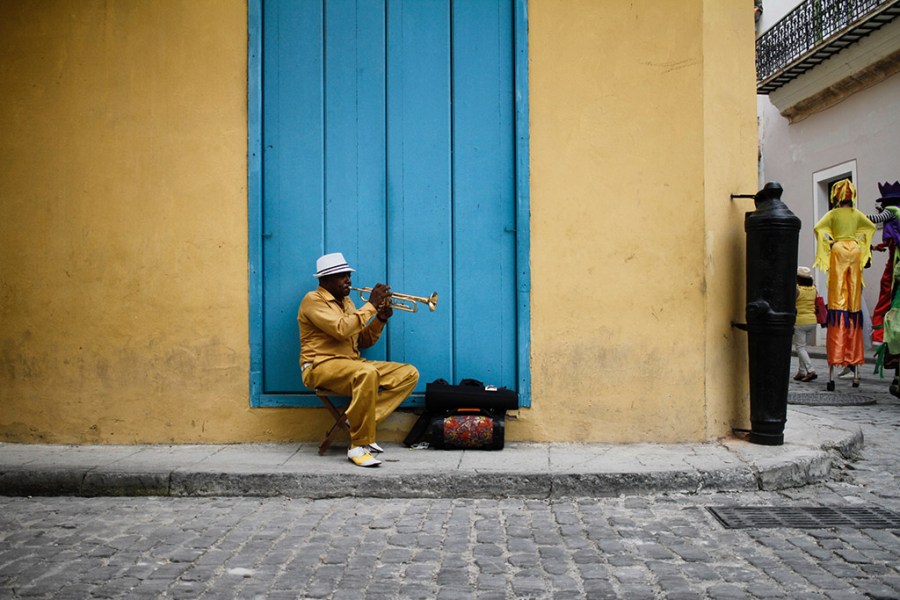Some Of Street Photographers
Some Of Street Photographers
Blog Article
Street Photographers Can Be Fun For Everyone
Table of ContentsThe 7-Minute Rule for Street PhotographersIndicators on Street Photographers You Need To Know4 Easy Facts About Street Photographers ExplainedNot known Details About Street Photographers Getting My Street Photographers To Work
A genre of photography that records daily life in a public location. The very publicness of the setting enables the photographer to take honest photos of unfamiliar people, typically without their knowledge. Street professional photographers do not always have a social function in mind, however they prefer to separate and record minutes which could or else go undetected (Street Photographers).Though he was affected by many of those who influenced the road professional photographers of the 1950s and '60s, he was not mainly interested in recording the spirit of the street. The impulse to aesthetically record people in public began with 19th-century painters such as Edgar Degas, douard Manet, and Henri de Toulouse-Lautrec, that functioned side by side with digital photographers attempting to capture the essence of metropolitan life.
As opposed to Atget, digital photographer Charles Marville was employed by the city of Paris to produce an encyclopaedic record of Haussmann's city preparation job as it unfolded, therefore old and new Paris. While the digital photographers' subject was essentially the same, the results were noticeably different, demonstrating the influence of the digital photographer's bent on the personality of the photos he produced.
Given the fine high quality of his photos and the breadth of product, architects and musicians usually purchased Atget's prints to use as referral for their very own work, though commercial passions were rarely his main inspiration. Instead, he was driven to picture every last residue of the Paris he enjoyed. The mingled enthusiasm and seriousness of his mission sparkle through, leading to photographs that narrate his very own experience of the city, qualities that anticipated street photography of the 20th century.
Street Photographers Can Be Fun For Everyone
They expose the city via his eyes. His job and essential understanding of photography as an art kind acted as motivation to generations of digital photographers that followed. The next generation of road professional photographers, though they likely did not refer to themselves thus, was introduced by the photojournalism of Hungarian-born photographer Andr Kertsz.
Unlike his peers, Brassa utilized a larger-format Voigtlnder video camera with a longer direct exposure time, requiring him to be more computed and thoughtful in his practice than he may have been if utilizing a Leica.
Cartier-Bresson was a champion of the Leica electronic camera and one of the first photographers to optimize its abilities. The Leica permitted the professional photographer to engage with the surroundings and to record moments as they took place. Its pop over to this web-site reasonably little dimension also helped the professional photographer discolor right into the background, which was Cartier-Bresson's favored strategy.
Little Known Questions About Street Photographers.
It is as a result of this basic understanding of the art of picture taking that he is usually credited with finding the medium around again approximately a century since its development. He took photos for greater than a half century and affected generations of professional photographers to trust their eye and intuition in the moment.
These are the concerns I will try to address: And then I'll leave you with my very own interpretation of street digital photography. Yes, we do. Allow's kick off with defining what a meaning is: According to (Street Photographers) it is: "The act of defining, or of making something guaranteed, unique, or clear"
No, absolutely not. The term is both limiting and misguiding. Seems like a street digital photography ought to be pictures of a streets right?! And all road professional photographers, besides a tiny number of absolute novices, will completely value that a street is not the vital component to street photography, and actually if it's an image of a road with possibly a few monotonous individuals doing nothing of interest, that's not road photography that's a snapshot of a road.
Excitement About Street Photographers
He makes a legitimate factor do not you believe? While I agree with him I'm not sure "candid public digital photography" will capture on (although I do kind of like the term "honest photography") due to the fact that "street photography" has actually been around for a long time, with lots of masters' names attached to it, so I think the term is here to remain (Street Photographers).
You can fire at the beach, at a festival, in an alley, in a park, in a piazza, in a coffee shop, at a gallery or art gallery, in a metro station, at an event, on a bridge, under a bridge ...
Yes, I'm afraid we scared article source no choice! go to my blog Without regulations we can not have an interpretation, and without a meaning we don't have a genre, and without a genre we do not have anything to define what we do, and so we are stuck in a "guidelines interpretation style" loop!
The 2-Minute Rule for Street Photographers

Report this page